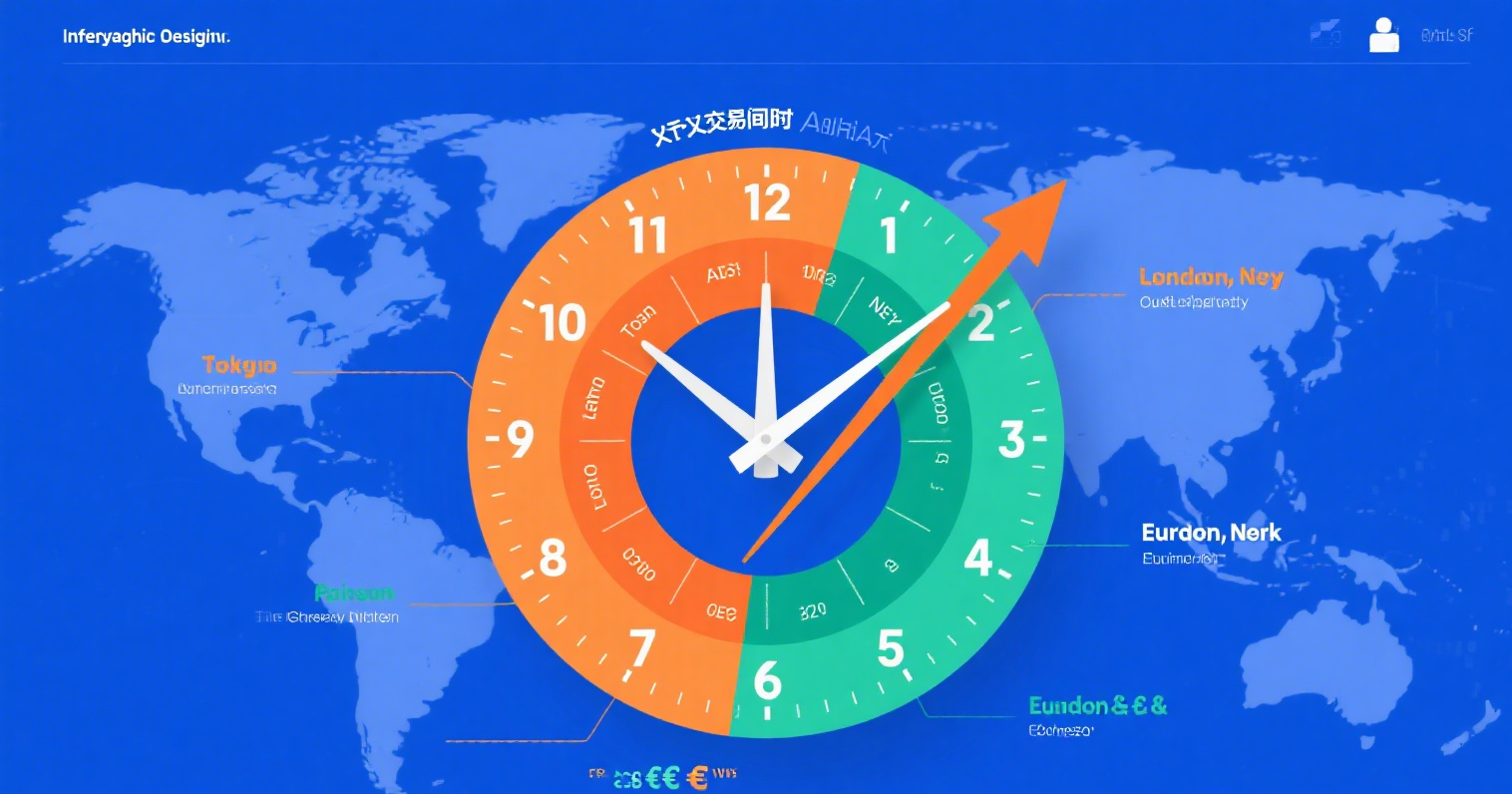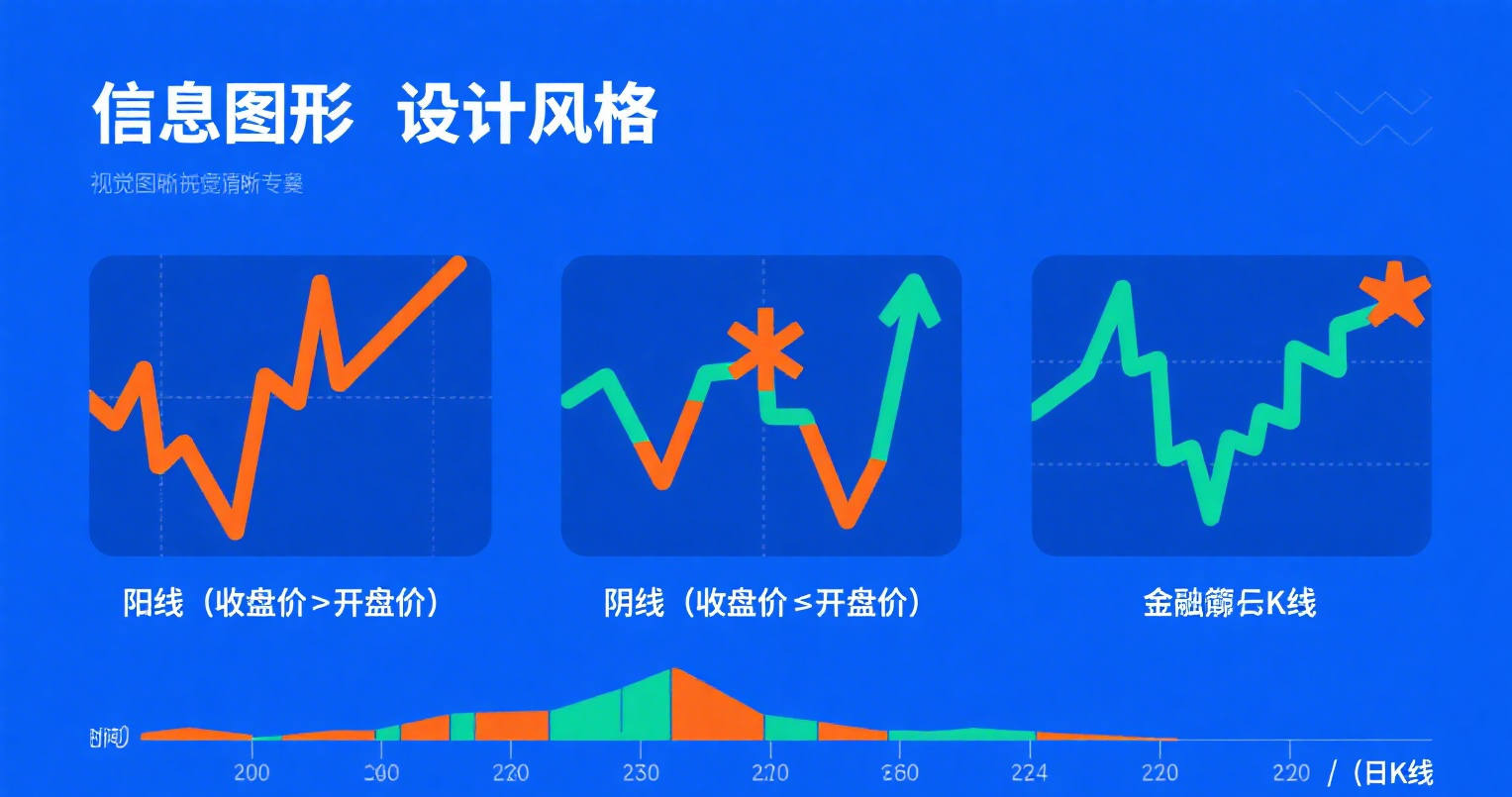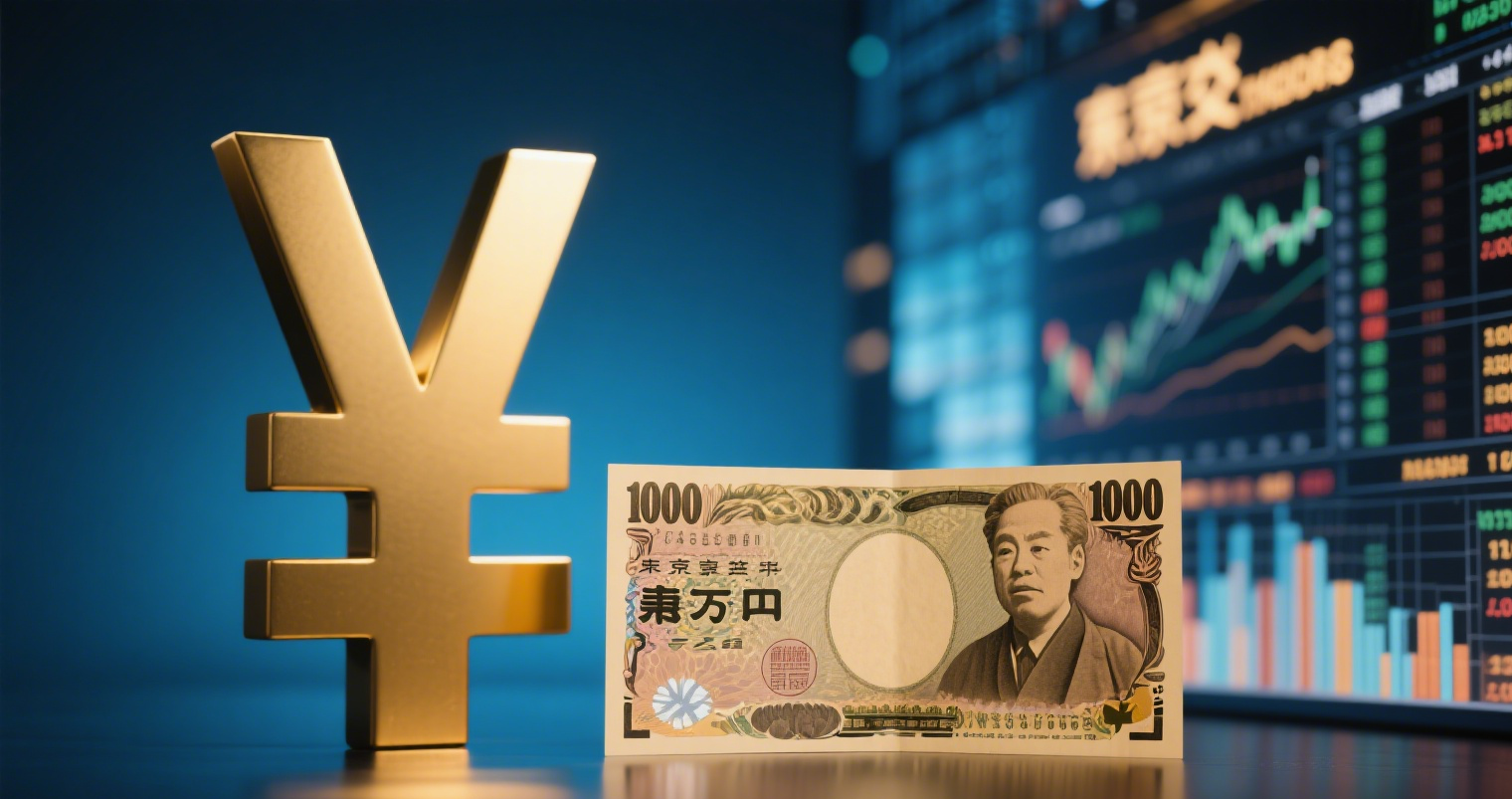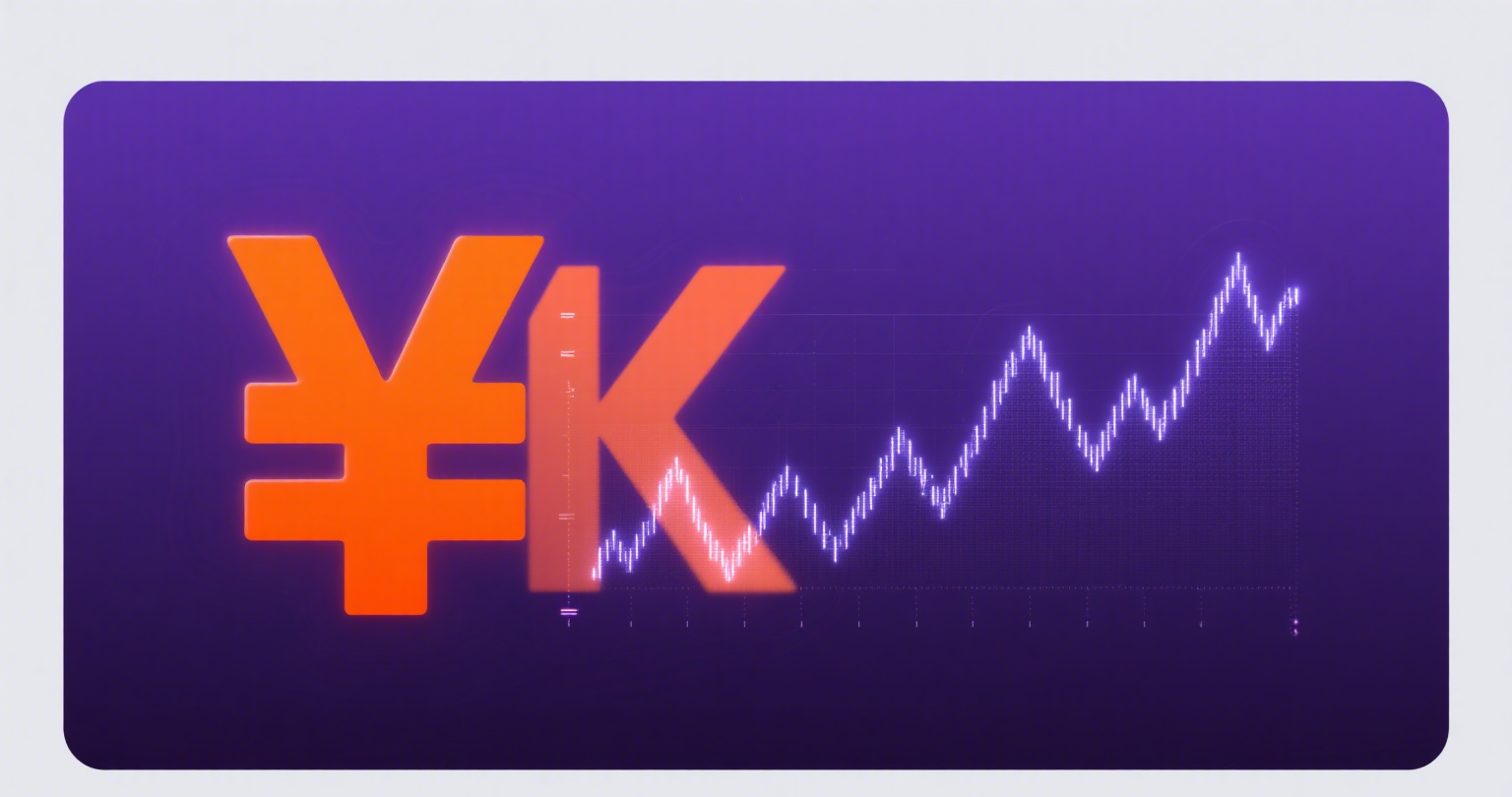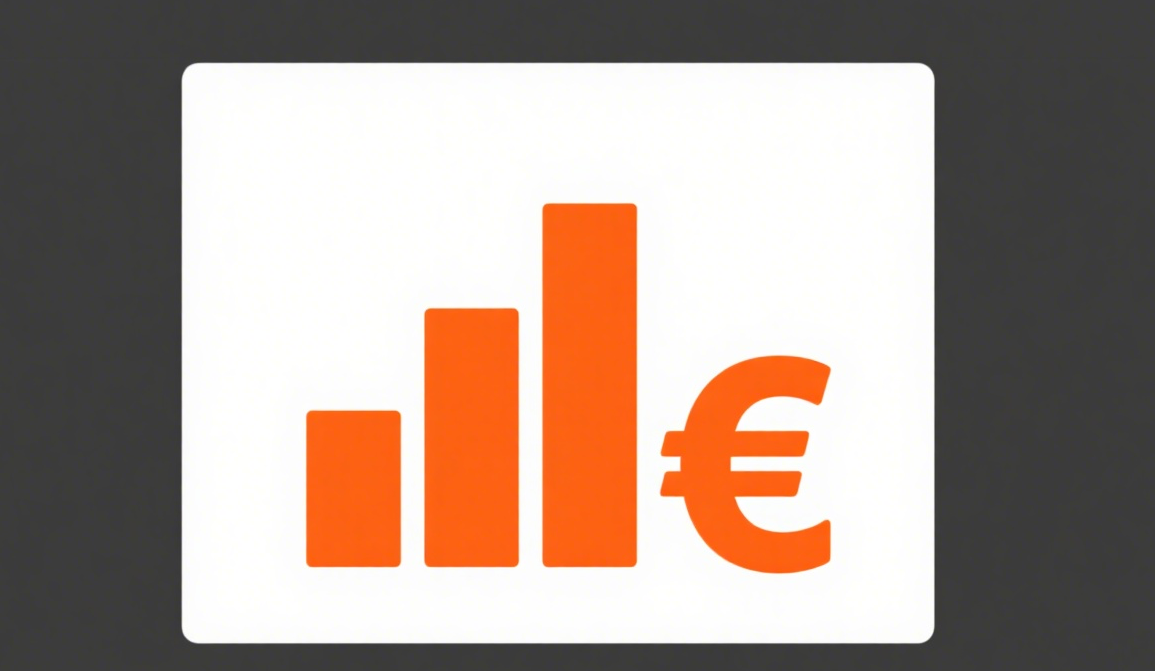
What is a Stabilization Fund?
A Stabilization Fund (also known as an "Intervention Fund") is a government-established fund, typically managed by a designated institution, that operates in the stock market by taking positions opposite to the market trend to smooth out irrational and extreme volatility. Its fundamental mechanism is similar to the open market operations conducted by central banks.
The core objective of a stabilization fund is to stabilize the market and protect investors' interests. During irrational market declines, it buys stocks to support prices; during speculative bubbles or overheating, it sells stocks to curb excessive rises and restore market rationality.
The funding for stabilization funds usually comes from the Ministry of Finance, joint contributions by financial institutions, or special policy arrangements. For example, governments may allocate fiscal budgets or issue special bonds to raise capital for such funds.
Characteristics of Stabilization Funds
As a powerful financial tool for government intervention in the stock market, stabilization funds typically exhibit the following four key features:
-
Policy-Driven Fund
The entire process of establishing, operating, evaluating, and managing a stabilization fund is influenced by policy or directly follows government directives, making it a key instrument for direct market regulation. -
Non-Profit-Oriented Fund
As a government initiative, stabilization funds do not prioritize profitability. Their primary performance metric is their effectiveness in stabilizing the stock market, distinguishing them from conventional investment funds. -
Large-Scale Fund
Only a sufficiently large fund (typically in the trillions) can exert a "counter-cyclical smoothing" effect on the stock market. -
Principle of Fairness, Justice, and Transparency
The operation and management of stabilization funds follow strict regulations and procedures to ensure fairness, justice, and transparency, safeguarding the interests of the majority of investors.
Case Studies of Stabilization Funds
-
2010: Bank of Japan Establishes a Stabilization Fund
To combat long-term deflation, Japan allowed its central bank in 2010 to purchase or establish ETFs with a total scale of around ¥2 trillion. These ETFs invested in the Japanese stock market, primarily targeting blue-chip stocks. -
2024: South Korea Launches a Large-Scale Stabilization Fund
On December 4, 2024, in response to market turmoil and shaken confidence due to emergency measures, the South Korean government initiated a market stabilization fund worth up to ₩50 trillion. The decision was finalized at a macroeconomic and financial meeting on December 5. The capital injection was divided into two parts: (1) a stock market stabilization fund of up to ₩10 trillion, and (2) a ₩40 trillion bond market stabilization fund, along with corporate bond and commercial paper purchase programs.







